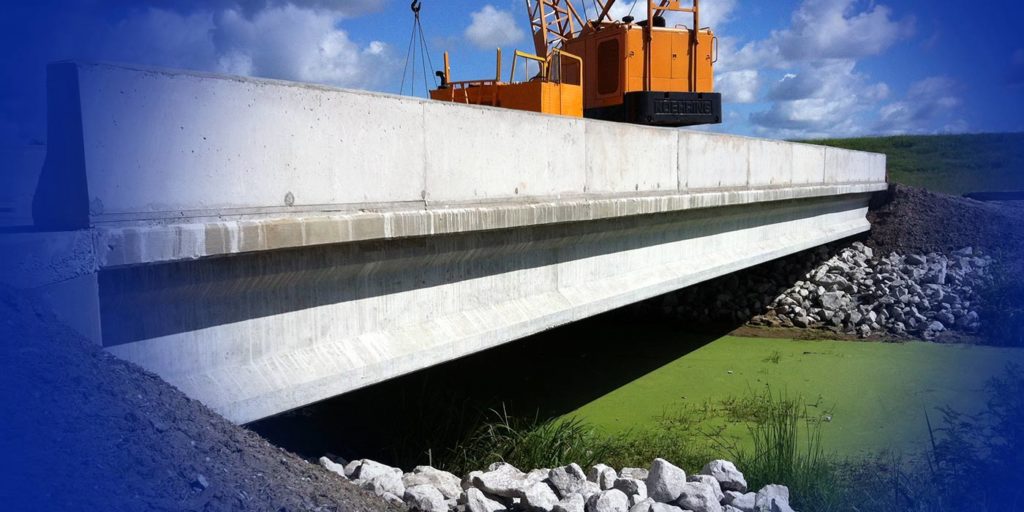Geprip Service Sarl provides excellence in all categories of bridge construction techniques whether for cast-in-situ applications or precast construction. We offer the whole range of expertise from preliminary design to execution for balanced cantilever, incremental launching, advanced shoring (MSS), span-by-span techniques and related methods, and maintain a complete range of bridge construction equipment. Below are some of the main methods used by Geprip Service Sarl during construction.
- Balanced cantilever (cast-in-situ and precast)
The proven and safe balanced cantilever method, as used by the Geprip Service Sarl, is often appropriate and cost-effective for the construction of long span concrete bridges including various landmark structures where height, topography or geotechnical conditions render the use of conventional formwork uneconomical.
Balanced cantilever is one of the most popular bridge construction methods used by Geprip Service Sarl Members on all continents. The economical range of span lengths for cast-in-situ cantilever construction begins at roughly 70m and extends to beyond 250m. Considerable savings can be achieved by using this method rather than conventional bridge construction.
Free cantilevering is a method of construction where a structure is built outward from a fixed point to form a cantilever structure, without temporary support, using staged cast-in-situ construction. When two opposing free cantilever structures are attached as a single structure and erected in the same step, it is known as ‘balanced cantilever’.
In basic terms, cast-in-situ construction describes a process whereby segments are progressively cast on site in their final positions within the structure.
By comparison, for precast construction, the segments are prefabricated at a casting plant – either on site or at a remote facility – then transported to the project site and erected as a completed unit in their final positions.
We have a proven record through all construction stages from preliminary design to execution and provide professional support to consultants, designers, owners and contractors.
- Heavy lifting
Heavy lifting is a specialist hydraulic cable lifting technique developed for exceptionally heavy loads and used by BBR Network Members. The technique provides a particularly timely and economic solution for projects based on modular construction methods and large, heavy, pre-fabricated elements. The heavy lifting technique can be used for:
Lifting and lowering of heavy loads – precast beams, entire structural elements, roofs, falsework etc. built on site or at a factory are lifted in place by means of strands and hydraulic jacks
Lifting of bridges – for the exchange or repair of bridge bearings for instance, the superstructure is lifted and lowered with hydraulic jacks without disturbing traffic
Rotating and sliding of bridges – bridge structures can be rotated or slid from the assembly area to its final position.
- Precast span-by-span
The precast span-by-span bridge construction method offers a very high speed of construction. It is most often used in conjunction with an erection truss under the bridge segments or an overhead erection gantry to guide the precast elements into position. The span-by-span construction technique consists of the following primary steps:
Erecting the segments for the entire span onto a temporary erection girder spanning between a pair of adjacent permanent piers
Installing and stressing longitudinal PT tendons enabling the segments to span on their own
Advancing the erection girder into place to erect the adjacent span
Since there is only one cycle of stressing and grouting of tendons per span, the method can be significantly faster than precast balanced cantilever construction, which requires one such cycle per pair of segments.
The most common use of span-by-span construction is to build long viaducts with spans of similar length. The method has been used most often for spans ranging from 25m to 45m. As spans increase, there is a significant increase in the cost of the erection girder.
Erection girder can support the segment from below, or above – underslung and overhead launching gantries.
Alternatively, full-span precast beams can be delivered from the precast beam production to the erection front by the launching gantry. This method allows a fast rate of erection.

